On May 16, 2025, Bloomberg reported a significant setback for Amazon‘s Prime Air drone delivery program, as the company paused operations following two crashes of its MK30 delivery drones in December 2024. The incidents, attributed to faulty LiDAR sensors, have raised concerns among drone professionals and enthusiasts about the reliability of Amazon’s latest unmanned aerial systems (UAS) and the broader implications for commercial drone delivery.
Crashes Reveal Sensor Vulnerabilities
The crashes occurred during testing at Amazon’s rural Oregon facility. On December 16, 2024, the first MK30 drone dropped a package at a dummy residence before ascending to 217 feet (66 meters). Mid-flight, it abruptly cut power to its six propellers, plummeting to the ground and shattering on impact. Just four minutes later, a second drone, flying 183 feet above a taxiway, followed suit, suffering the same fate. According to a National Transportation Safety Board (NTSB) investigation reviewed by Bloomberg, the drones’ lidar sensors misread altitude data, prompting the software to shut down the propellers. A software update had made the sensors more susceptible to rain interference, which was present during the light rain that day.

Design Changes Remove Critical Redundancy
Amazon’s MK30, designed to fly at 67 miles per hour and deliver packages up to 7.5 miles from its launch point, marks a shift from its predecessor, the MK27. The earlier model featured a lidar sensor for altitude detection, backed by two metal “squat switches” that physically confirmed landing by compressing upon touchdown. This redundancy ensured safe operation, requiring two of three sensors to agree on landing status. However, the MK30 redesign eliminated these switches, relying solely on a camera and avionics system—a move described in FAA documents as having “redundancy for critical systems.” An anonymous source familiar with the program told Bloomberg, “Engineers often work to simplify products as they mature from research projects to manufacturing, removing parts deemed redundant to cut costs and weight.” This decision, intended to streamline production, may have contributed to the crashes by removing a critical failsafe.
Operational and Regulatory Challenges
Amazon’s drone program, launched with ambitious goals by Jeff Bezos in 2013, has faced persistent hurdles. The company has achieved milestones, such as FAA approval to fly beyond visual line of sight, but incidents like these underscore ongoing challenges. A 2021 crash set a field ablaze at the Pendleton, Oregon, test site, and dust interference in Phoenix-area operations has further complicated sensor accuracy. The FAA approved Amazon’s software updates on March 12, 2025, including tweaks to the MK30’s altitude-sensing systems, but spokesperson Kate Kudrna declined to detail how the company mitigated the lidar issues, stating only that Amazon “had used multiple sensor inputs to eliminate the possibility that an errant lidar reading could cause accidents.”
Currently, Prime Air deliveries are limited to College Station, Texas, and greater Phoenix, with plans to expand to Kansas City, Missouri, Dallas, San Antonio, the UK, and Italy. However, the removal of squat switches also reflects a shift in delivery strategy. The MK27 was designed for backyard landings with enclosed propellers to minimize injury risks, while the MK30 drops packages from 13 feet, prioritizing efficiency over proximity.

What’s Next for Drone Delivery?
These crashes highlight the technical and regulatory challenges facing commercial drone delivery. For professionals and recreational pilots, the MK30’s reliance on computer vision—while innovative—raises questions about robustness in adverse conditions like rain or dust. Amazon has resumed testing, but the pause signals a need for more resilient sensor systems. As the industry evolves, balancing cost, safety, and efficiency will remain critical for scaling drone delivery to meet consumer expectations.
Discover more from DroneXL.co
Subscribe to get the latest posts sent to your email.

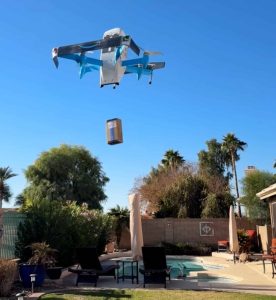

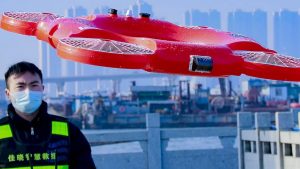





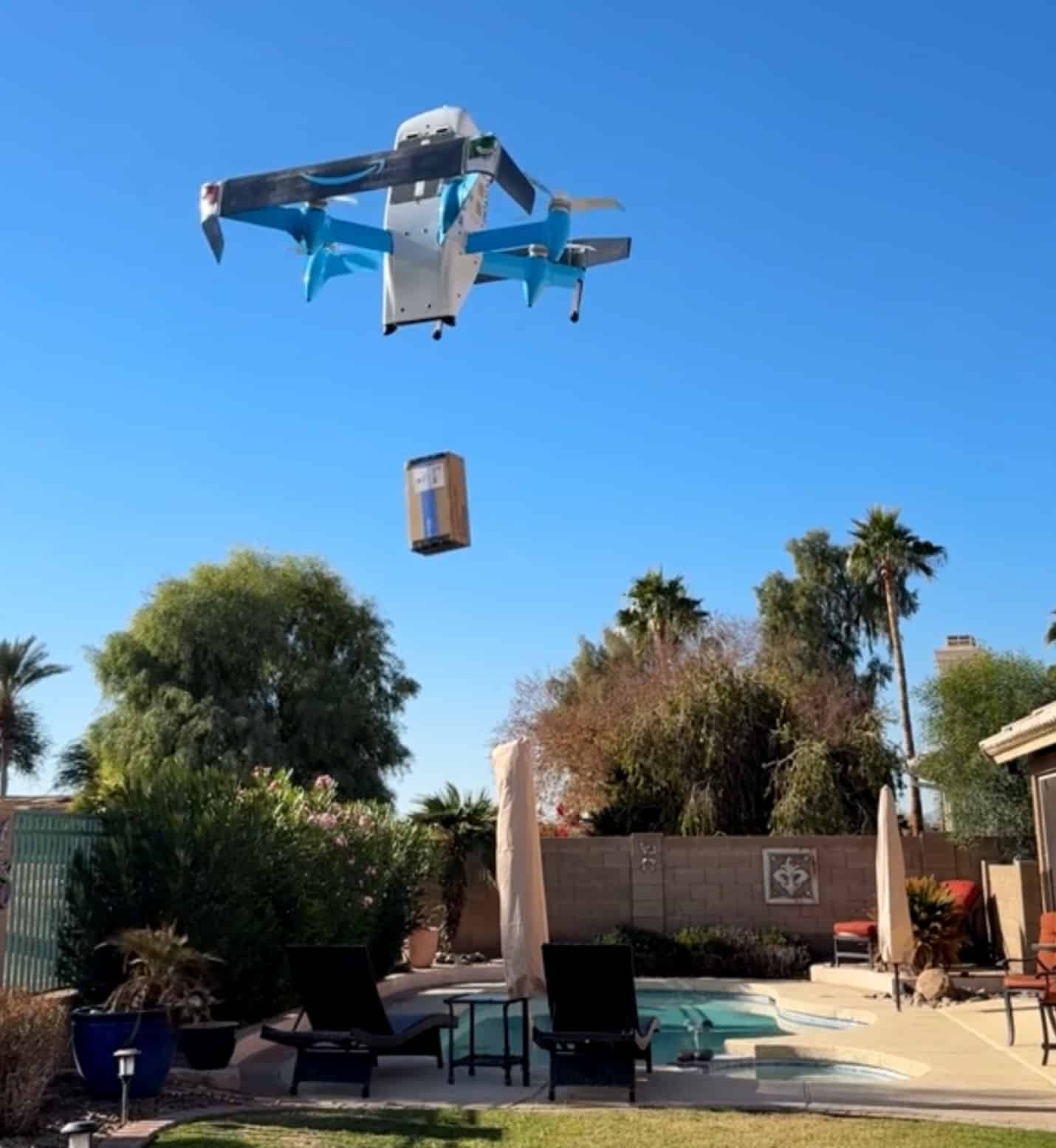
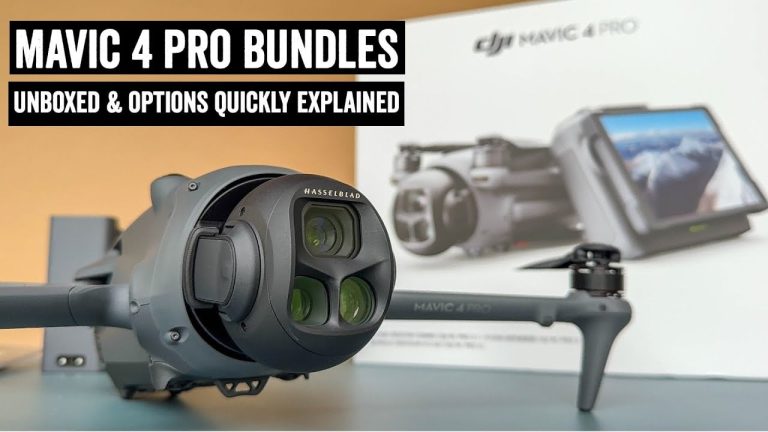

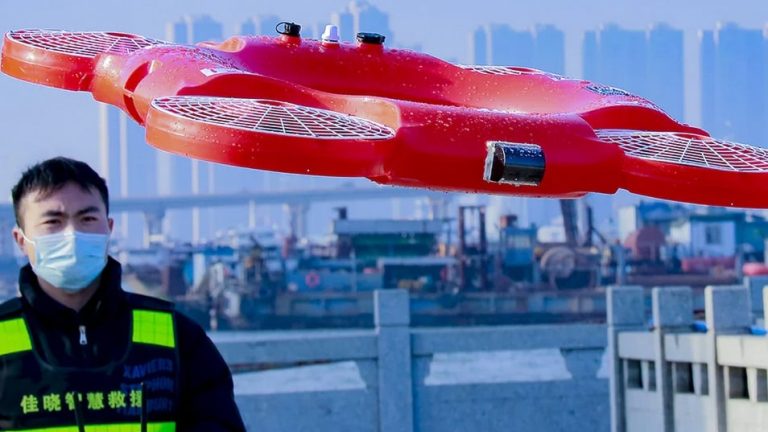
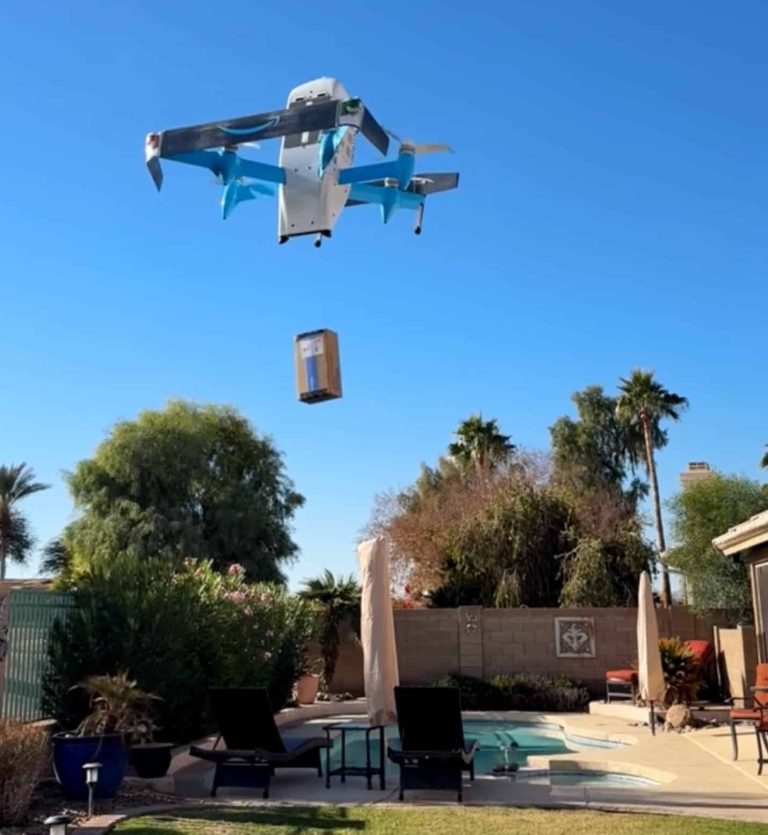




+ There are no comments
Add yours